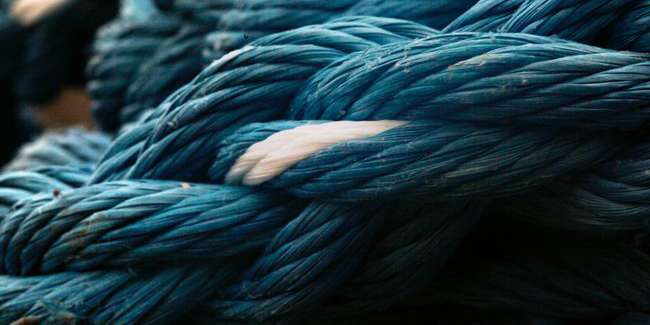Exploring the Rich History and Cultural Significance of Indigo as a Natural Dye in China
The Art and Science of Natural Indigo Dyeing in China
Natural dyeing has been an integral part of Chinese culture for centuries, with indigo (Indigofera tinctoria) standing out as one of the most important natural colorants. The deep blue hue of indigo not only symbolizes peace and tranquility but also serves as a testament to the rich heritage of textile production in China. This article delves into the history, process, and cultural significance of indigo dyeing in China.
Historical Background
The use of indigo as a dye dates back to ancient China, where it was employed for both practical and decorative purposes. Historical evidence suggests that indigo dyeing was practiced as early as the Han Dynasty (206 BC – 220 AD). In the following centuries, the technique evolved and spread throughout different regions of the country, becoming especially prominent in southern provinces like Jiangxi and Guangdong. These areas developed their own unique methods and styles of indigo dyeing, demonstrating the versatility of this natural pigment.
During the Ming and Qing Dynasties, indigo dyeing flourished as a commercial enterprise. Artisans began to create beautiful textiles that were highly sought after both domestically and internationally. The indigo dye trade was not only economically significant but also contributed to cultural exchanges along the Silk Road, facilitating the spread of knowledge and techniques related to natural dyeing.
The Dyeing Process
The process of natural indigo dyeing is both an art and a science. It starts with the cultivation of the indigo plant, where the leaves are harvested and fermented to extract the dye. This extraction process involves a careful combination of water, lime, and fermentation, producing a pigment known as indigo blue.
china natural dye indigo

The dyeing process itself is a multi-step procedure. First, fabrics made from cotton, hemp, or silk are pre-treated to ensure that the dye adheres properly. The textiles are then immersed in the indigo dye bath, where the magic occurs. As the fabric is drawn out of the bath and exposed to air, a chemical reaction occurs, transforming the yellow-green dye into the characteristic deep blue.
One of the most fascinating aspects of indigo dyeing is its ability to produce varying shades of blue through multiple dyeing cycles. This technique, known as layering, allows artisans to create intricate patterns and textures by controlling the timing and intensity of dye exposure.
Cultural Significance
Indigo dyeing holds deep cultural significance in China. It is often associated with traditional crafts and local identity. For many communities, indigo dyeing is not just a skill; it is a way of life passed down through generations. The patterns and techniques used in indigo textiles often carry historical and cultural narratives, reflecting the values, beliefs, and stories of the people.
In contemporary times, there has been a resurgence of interest in natural dyeing, particularly among artisans and eco-conscious consumers. This revival highlights a growing appreciation for sustainable practices in fashion and textiles. Many modern designers are incorporating indigo into their collections, celebrating its timeless beauty while promoting environmental stewardship.
Conclusion
The art of indigo dyeing in China is a rich tapestry woven with history, culture, and creativity. As artisans continue to embrace traditional techniques while innovating for the future, indigo remains a symbol of sustainable beauty. By preserving and promoting the art of natural dyeing, China not only honors its heritage but also contributes to a global movement towards sustainable fashion. With each indigo-dyed fabric, a story is told, connecting past and present in a vibrant blue embrace.
-
The Timeless Art of Denim Indigo Dye
NewsJul.01,2025
-
The Rise of Sulfur Dyed Denim
NewsJul.01,2025
-
The Rich Revival of the Best Indigo Dye
NewsJul.01,2025
-
The Enduring Strength of Sulphur Black
NewsJul.01,2025
-
The Ancient Art of Chinese Indigo Dye
NewsJul.01,2025
-
Industry Power of Indigo
NewsJul.01,2025
-
Black Sulfur is Leading the Next Wave
NewsJul.01,2025

Sulphur Black
1.Name: sulphur black; Sulfur Black; Sulphur Black 1;
2.Structure formula:
3.Molecule formula: C6H4N2O5
4.CAS No.: 1326-82-5
5.HS code: 32041911
6.Product specification:Appearance:black phosphorus flakes; black liquid

Bromo Indigo; Vat Bromo-Indigo; C.I.Vat Blue 5
1.Name: Bromo indigo; Vat bromo-indigo; C.I.Vat blue 5;
2.Structure formula:
3.Molecule formula: C16H6Br4N2O2
4.CAS No.: 2475-31-2
5.HS code: 3204151000 6.Major usage and instruction: Be mainly used to dye cotton fabrics.

Indigo Blue Vat Blue
1.Name: indigo blue,vat blue 1,
2.Structure formula:
3.Molecule formula: C16H10N2O2
4.. CAS No.: 482-89-3
5.Molecule weight: 262.62
6.HS code: 3204151000
7.Major usage and instruction: Be mainly used to dye cotton fabrics.

